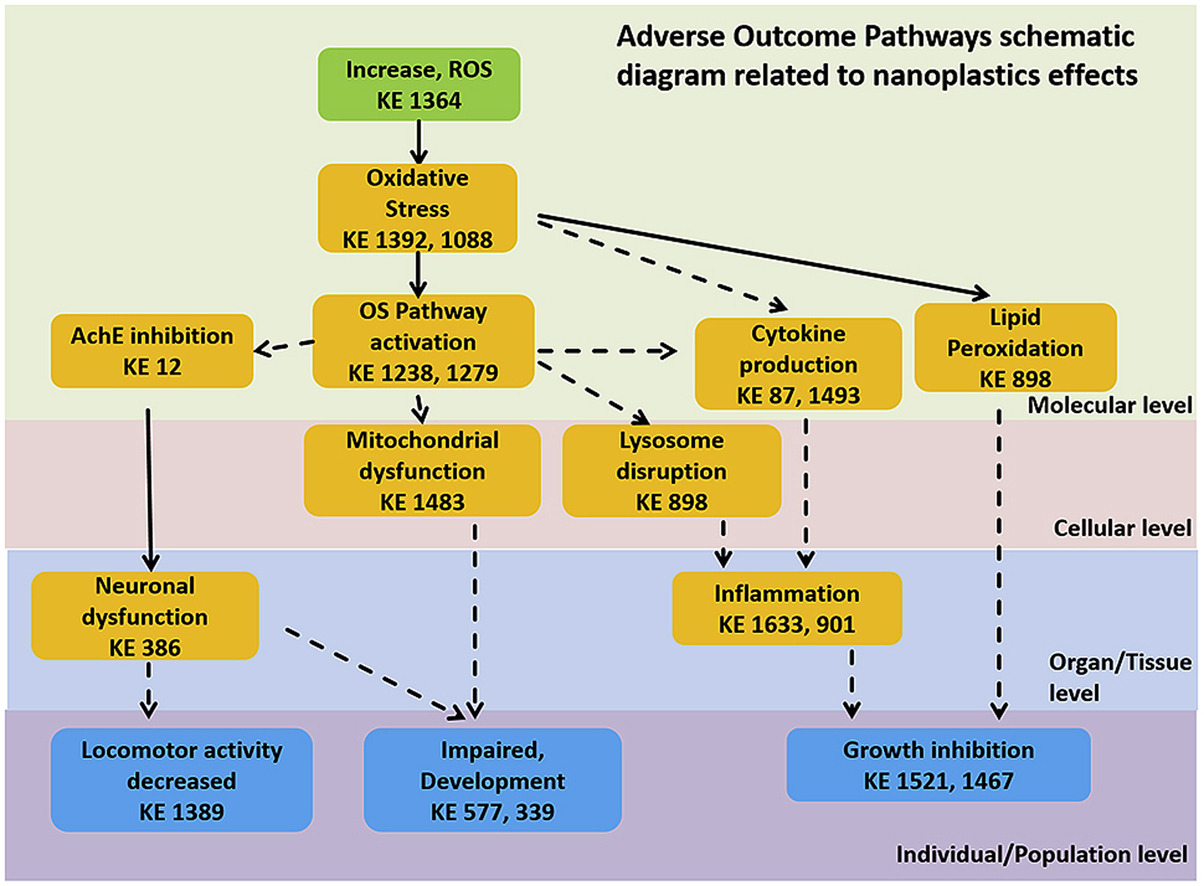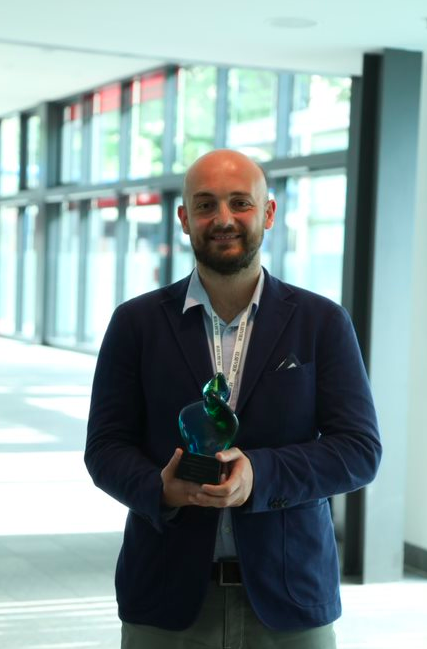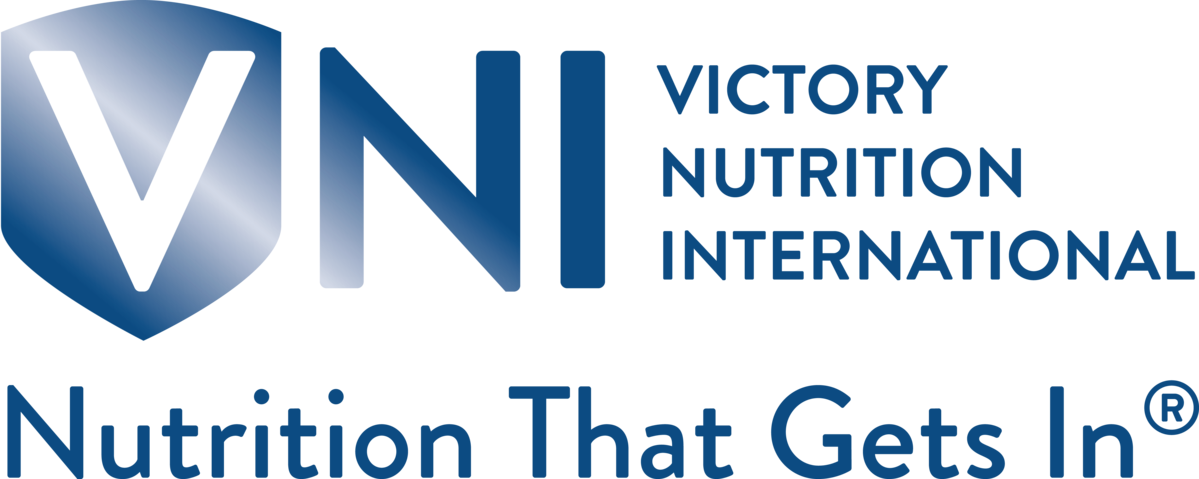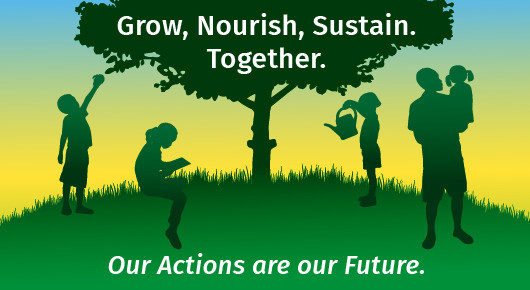Microplastics (MPs) and nanoplastics (NPs) have attracted considerable attention in the recent years as potential threats to the ecosystem and public health. This review summarizes current knowledge of pathological events triggered by micro- and nano-plastics (MP/NPs) with focus on oxidative damages at different levels of biological complexity (molecular, cellular, tissue, organ, individual and population).
This chapter advances goals 3 and 5 by examining current gaps and future policies needed to address food security.
This chapter aligns with the SDG goal 3 of good health and wellbeing by focusing on the hidden risk of HCV-associated health-care infection and its history, current, and future scenarios.
In 2018, Dr. Alessio Adamiano, a researcher for the Italian National Research Council at the Institute of Science and Technology for Ceramic Materials, was awarded the second prize of €25,000. Contributing to SDGs 2, 13 and 14, his project, “Phos-Fate: Empowering fishing communities for climate change”, demonstrated how phosphorous can be recycled in a simple, scalable way by converting fish bones into products such as fertilizers. Two years later, we interviewed Dr. Adamiano about his experience at the Challenge, as well as the upcoming steps for his project empowering fishing communities for climate change.
This chapter addresses SDG 10 and SDG 11 by examining social vulnerability and inequality globally and how that impacts the response to disasters.
Elsevier,
Enhancing Disaster Preparedness, From Humanitarian Architecture to Community Resilience, 2021, Pages 209-222
This chapter supports SDGs 10 and 16 by looking into proposals for policy change regarding the management of legal, socioeconomic, and urban aspects of the Syrian refugee crisis.
Elsevier,
Electric Vehicles for Smart Cities, Trends, Challenges, and Opportunities, 2021, Pages 181-247
This book chapter addresses SDGs 7, 9 and 13 by investigating case studies from major cities showcasing how they approached electric mobility including the unique policies, actions, and programs implemented to make it successful.
The SDG Impact of COVID-19 podcast series gathers expert opinion exploring the impact of COVID-19 on the Sustainable Development Goals. In advance of World Food Day on October 16th, we get the view of Dr Debasis Bagchi, Director of Scientific Affairs at Victory Nutrition International.
Elsevier,
Aquananotechnology: Applications of Nanomaterials for Water Purification, 2021, Pages xv-xxiv
This book chapter advances SDG 6 and 14 by introducing and summarizing efforts of nanomaterials research for environmental remediation--focusing on water purification
Each year, the Food and Agriculture Organization of the United Nations (FAO) celebrates World Food Day on October 16th to commemorate is founding in 1945. World Food Day 2020 is calling for global solidarity to help all populations to recover from the crisis, and to make food systems more resilient and robust so they can withstand increasing volatility and climate shocks, deliver affordable and sustainable healthy diets for all, and decent livelihoods for food system workers. In support of this years theme - 'Grow, Nourish, Sustain. Together' - Elsevier presents a curated, open access collection of 40 journal articles and book chapters focussed on increasing food security and sustainability.




